Does Rolling Paper Have Nicotine? 🚭 The Complete Truth

⚡ Quick Answer: No, rolling papers contain absolutely zero nicotine. Nicotine exists only in the plant material you're rolling—never in the paper itself. However, blunt wraps made from processed leaves DO contain nicotine (1.2-6.0mg per wrapper). This critical distinction could be affecting your health right now.
🚨 Breaking News: A shocking 2024 study just revealed that 90% of rolling papers contain heavy metals at dangerous levels. Keep reading to find out if your papers made the list—and what you should be using instead.
📋 Table of Contents
- The Quick Answer: Zero Nicotine, But There's More
- What's Actually In Your Rolling Papers? 🔬
- The 2024 Heavy Metal Crisis Nobody's Talking About ⚠️
- Hemp vs Rice vs Wood Pulp: Which Is Best? 🌿
- Dangerous Myths That Could Affect Your Health 💭
- How to Choose Safe Rolling Papers 🛡️
- Frequently Asked Questions 🤔
- Final Takeaways ✅
Let's cut through the confusion right now: rolling papers don't contain nicotine. Zero. Zip. Nada. That stuff is only in what you're rolling, not the paper wrapper.
But—and this is super important—there's way more to this story than a simple yes or no answer. Recent research just dropped some seriously shocking findings about what's actually hiding in those papers you're using every day. And trust me, the nicotine question is just the beginning. 😬
Here's everything you need to know about what's really in your rolling papers, which ones are actually safe, and how to make smarter choices that won't put your health at risk.
The Quick Answer: Zero Nicotine, But Here's What You Actually Need to Know 🎯
Okay, so we've established that standard rolling papers contain no nicotine whatsoever. They're made from plant fibers like hemp, rice, or wood pulp—none of which naturally contain nicotine.
The Critical Distinction Most People Miss 🚨
Here's where it gets interesting (and where a lot of people get confused): blunt wraps are NOT the same as rolling papers.
Blunt wraps are made from processed leaves, which means they absolutely DO contain nicotine—usually between 1.2 to 6.0 milligrams per wrapper. That's roughly the same as a light product in some cases!
🔍 Quick Comparison
| Product Type | Material | Nicotine Content |
|---|---|---|
| Rolling Papers | Hemp, rice, wood pulp, flax fibers | 0 mg (Zero) |
| Blunt Wraps | Processed leaves | 1.2-6.0 mg per wrap |
| Hemp Wraps | Hemp fibers (not leaves) | 0 mg (Zero) |
So if you're specifically trying to avoid nicotine, stick with actual rolling papers made from plant fibers—not leaf-based wraps. Makes sense, right?
What's Actually In Your Rolling Papers? 🔬
Alright, so no nicotine. Cool. But that doesn't mean your papers are just innocent pieces of plant fiber. There's actually a whole cocktail of stuff in there that manufacturers don't really advertise on the packaging.
The Base Materials 🌱
Most rolling papers are made from one of these materials:
Hemp Papers 🍃
Made from non-psychoactive plant fibers, hemp papers are naturally light brown, medium thickness, and burn at a medium-slow rate. They're super easy to roll thanks to the textured surface, and they're the most environmentally friendly option since hemp grows crazy fast with minimal pesticides.
Rice Papers 🍚
Ultra-thin and almost see-through, rice papers burn the slowest of any paper type. They have the cleanest, most neutral taste, which is why flavor purists love them. The downside? They're tricky to roll because they're so delicate and smooth. Also, fun fact: many papers marketed as "rice" are actually refined wood pulp. Yeah, it's misleading marketing. 🙄
Wood Pulp Papers 🌲
The OG rolling paper material. These are the thickest option and burn the fastest. They come in bleached (white) and unbleached (brown) varieties. The taste is harsher and can affect flavor, which is why they're being phased out. Environmental impact is the worst too, unless they're FSC-certified.
Flax Papers 🌾
Made from flax plant stem fibers, these are ultra-fine, lightweight, and durable with a silky texture. They're less common but offer a slow burn rate and premium feel.
The Chemical Additives Nobody Talks About 🧪
Here's where things get sketchy. Most papers contain additives that control how they burn, look, and stick together:
- Calcium Carbonate (CaCO₃) - The most common filler. Controls how porous the paper is and how fast it burns. If you see white, chalky ash, that's calcium carbonate. Makes the paper harsher when burned.
- Titanium Dioxide/Oxide - Produces that white ash everyone thinks is "clean." Also prevents the paper from going out. Expensive pigment, so cheaper papers skip this.
- Acacia Gum (Gum Arabic) - Natural tree sap used for the adhesive strip. This one's actually fine—non-toxic, flavorless, burns clean.
- Bleaching Agents - Chlorine bleach (releases toxic dioxins when burned—yikes!), hydrogen peroxide (less toxic alternative), or calcium hypochlorite. Modern quality brands mostly use oxygen bleaching or skip it entirely.
- Sodium Potassium Tartrate - Controls burn rate. More of this = faster burning paper.
- Optical Brightening Agents - Fluorescent compounds that make paper appear whiter. Sounds fancy, but it's basically chemical trickery.
⚠️ Real Talk: Cheaper papers pack in way more additives. Premium brands typically use fewer chemicals and publish their ingredient lists. If a brand won't tell you what's in their papers, that's a massive red flag. 🚩
The 2024 Heavy Metal Crisis Nobody's Talking About ⚠️
Okay, this is the part that honestly shocked me when I first saw the research. A major scientific study published in 2024 analyzed 26 different elements in commercially available rolling papers.
The findings? Absolutely wild. 🤯
The Shocking Statistics 📊
- 90% of papers tested contained heavy metals at concerning levels
- Copper exposure was 4.5 to 11 times higher than maximum safety limits
- Other toxic elements found: lead, chromium, vanadium, arsenic, cadmium, and mercury
- Exposure differences between paper types: Up to 35-40x higher in the worst papers
🚨 Why This Matters
Heavy metal exposure can cause:
- Liver damage, abdominal pain, nausea (copper toxicity)
- Blood pressure issues, kidney/brain problems, fertility issues (lead)
- Kidney, bone, and lung disease (cadmium)
- Accumulation concerns for frequent users—these metals build up in your body over time
Which Papers Are the Worst Offenders? 🔴
The study found the highest heavy metal content in:
- Fast-burning papers (packed with additives)
- Bleached papers (especially chlorine-bleached)
- Flavored papers (chemical flavorings = more contamination)
- Colored papers with metallic inks (the inks contain heavy metals)
- Papers with special finishes (watermarks, patterns, etc.)
Safer Options That Tested Better ✅
On the flip side, these papers showed lower contamination:
- Unbleached papers
- Slow-burning papers
- Additive-free papers (brands that actually publish lab results)
- 100% natural hemp or rice papers
Look, I'm not here to freak you out, but this is legit concerning if you use papers regularly. The good news? Switching to cleaner papers is super easy once you know what to look for. 👇
Hemp vs Rice vs Wood Pulp: Which Is Best? 🌿
Let's break down the pros and cons of each material so you can make an informed choice:
| Feature | Hemp Papers 🍃 | Rice Papers 🍚 | Wood Pulp Papers 🌲 |
|---|---|---|---|
| Thickness | Medium | Ultra-thin | Thickest |
| Burn Rate | Medium-slow | Slowest | Fastest |
| Taste | Slightly earthy | Most neutral/clean | Harsher, papery |
| Ease of Rolling | Easy (textured grip) | Difficult (slippery) | Easiest (rigid) |
| Environmental Impact | 🌟 Best (sustainable) | Good | Worst (deforestation) |
| Chemical Content | Typically lower | Lowest | Usually highest |
| Price | $$ Moderate | $$$ Premium | $ Budget |
My Personal Take 💬
If you want the absolute cleanest taste and slowest burn, go for rice papers. They're tricky at first, but you'll get the hang of it.
If you want the best balance of everything—easy rolling, good burn rate, environmental friendliness, and lower chemical content—hemp papers are your best bet.
If you're on a tight budget or learning to roll, wood pulp papers are fine for practice, but I'd upgrade once you've got the technique down. Your lungs will thank you. 😷
Dangerous Myths That Could Affect Your Health 💭
There's a LOT of misinformation floating around about rolling papers. Let's bust some of the most common myths:
Myth #1: "Unbleached" Means Chemical-Free ❌
Reality: This is pure marketing BS. Modern quality papers don't use bleach at all—even white papers. White papers are simply more refined; brown papers stop the refinement process earlier. Both can contain chemical additives. "Unbleached" just means they stopped processing it sooner, not that it's automatically healthier.
Myth #2: Brown/Natural Papers Are Always Healthier ❌
Reality: Brown papers are just less refined—not inherently healthier. The chemical content matters way more than color. Some brown papers contain just as many additives as white papers. Don't judge a paper by its color. 🎨
Myth #3: "Organic" or "Natural" Labels Mean It's Safe ❌
Reality: These labels aren't regulated for rolling papers. Some brands market themselves as "organic" or "natural" while still containing concerning levels of toxins. Always look for brands that publish actual lab test results, not just marketing buzzwords.
Myth #4: Thick Papers Are Safer ❌
Reality: Thickness doesn't determine safety—chemical content does. Thick wood pulp papers often have more toxins than thin rice papers. It's about what's IN the paper, not how much paper there is.
Myth #5: Flavored Papers Use Food-Safe Flavorings ❌
Reality: Many use industrial chemicals like chlorine dioxide and cellulose nitrate, not actual food extracts. That strawberry flavor? It's not from strawberries, my friend. 🍓➡️🧪
Myth #6: All Hemp Papers Are the Same ❌
Reality: Quality varies dramatically by manufacturer and country of origin. Some "hemp" papers from certain regions have been found to contain harmful substances. Brand reputation matters.
Myth #7: White Papers Are Bleached with Harmful Chemicals ❌
Reality: Modern quality brands use oxygen bleaching, not chlorine. However, cheap wood pulp papers from sketchy manufacturers may still use chlorine bleach. This is why you should stick with reputable brands.
💡 Pro Tip: If a brand won't tell you what's in their papers or where they're manufactured, run the other way. Transparency is everything in this industry.
How to Choose Safe Rolling Papers 🛡️
Alright, enough doom and gloom. Let's talk solutions. Here's your practical guide to choosing papers that won't mess with your health:
What to Look For ✅
- Material: Hemp or rice papers are generally safest
- Color: Unbleached (brown) papers typically have fewer processing chemicals
- Additives: Look for "additive-free" or "all-natural" claims backed by actual lab testing
- Burn rate: Slow-burning papers usually have fewer chemicals
- Transparency: Brands that publish ingredients and lab results
- Certifications: Organic certifications, FSC-certified for wood products
- Thickness: Thinner papers generally mean less material and fewer additives
- Adhesive: Acacia gum (gum arabic) is the safest, most natural option
Red Flags to Avoid 🚩
- Flavored papers (highest chemical content)
- Colored papers with metallic inks (heavy metals galore)
- Fast-burning papers (packed with burn rate additives)
- Bleached wood pulp (especially chlorine-bleached)
- Unknown manufacturers (no transparency = bad news)
- Suspiciously cheap papers (they're cheap for a reason)
- Papers with special finishes (watermarks, patterns—more processing)
- Brands that won't disclose ingredients (what are they hiding?)
Storage Tips for Maximum Freshness 📦
Did you know rolling papers actually expire? Here's how to keep them fresh:
- Store in a cool, dry place (avoid humidity)
- Keep away from direct sunlight
- Use within 6-12 months for optimal freshness
- Check for discoloration, musty smell, or brittleness
- Don't store in the bathroom (moisture = mold risk)
- Original packaging is usually fine—resealable containers are even better
Our Recommended Papers 🌟
At Roll Your Own Papers, we've done the research and testing so you don't have to. We only stock papers that meet strict quality standards:
- ✔️ Made from organic hemp or rice
- ✔️ Printed with food-grade ink
- ✔️ Sealed with 100% natural acacia gum
- ✔️ Lab-tested for heavy metals and contaminants
- ✔️ Chemical-free processing
- ✔️ Transparent ingredient disclosure
Whether you need standard papers for personal use or custom rolling paper with your brand or artwork, we've got you covered. We even offer bulk orders for businesses and events. 📦
🎨 Why Choose Custom Rolling Papers?
Custom papers aren't just for businesses. Many people order custom rolling paper for:
- Bachelor/bachelorette parties and weddings 💍
- Brand promotion and marketing 📣
- Special events and concerts 🎵
- Personal artwork and creative expression 🎨
- Gifts for friends (seriously cool present idea) 🎁
All our custom papers use the same safe, quality materials as our standard line—just with your unique design printed on them!
Frequently Asked Questions 🤔
Final Takeaways ✅
So let's wrap this up (pun totally intended 😄):
The bottom line: Rolling papers contain zero nicotine. That's the simple answer to the question you came here with. But the real story is way more complex—and honestly more important.
What DOES matter:
- ✅ Material type - Hemp and rice are generally safer than wood pulp
- ✅ Chemical additives - Fewer is better; transparency is key
- ✅ Heavy metal content - 90% of papers contain concerning levels; choose tested brands
- ✅ Processing methods - Unbleached, additive-free papers are cleaner
- ✅ Brand reputation - Stick with manufacturers who publish lab results
The 2024 heavy metal research is genuinely shocking and should change how we think about rolling papers. If you use papers regularly, switching to cleaner options isn't just a preference—it's a health decision. 🏥
And here's something cool: making the switch to safer papers doesn't mean compromising on quality or breaking the bank. Plenty of affordable, high-quality options exist once you know what to look for.
📚 Quick Reference: Your Paper Shopping Checklist
Best Choice: Unbleached hemp or rice papers from reputable brands
Avoid: Flavored, colored, or bleached wood pulp papers from unknown manufacturers
Look For: Lab testing results, transparent ingredient lists, organic certifications
Storage: Cool, dry place; use within 6-12 months
Budget: Premium papers cost maybe $1-2 more per pack—totally worth it for your health
Remember, you're using these things regularly. Spending an extra buck or two on quality papers that won't expose you to heavy metals and harsh chemicals? That's a no-brainer investment in your health. 💪
🔥 Ready to Upgrade Your Rolling Game?
You deserve better than mystery chemicals and heavy metals! 🎯 If you're tired of questionable quality and want a smooth, safe, and clean experience every time — we've got just what you need.
- ✔️ Made from organic hemp
- ✔️ Printed with food-grade ink
- ✔️ Sealed with 100% natural gum
- ✔️ Customize them with your brand, artwork, or vibe
📦 Bulk orders available | 🚚 Fast shipping | 🌱 Always chemical-free
Stay safe, roll smart, and always choose quality over convenience. Your lungs will thank you. ✌️
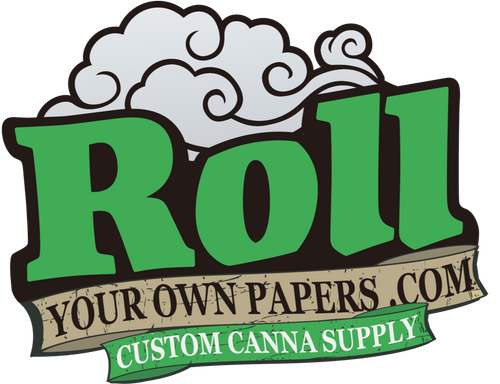
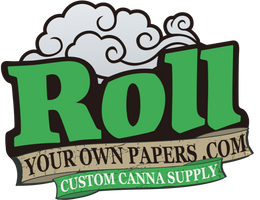
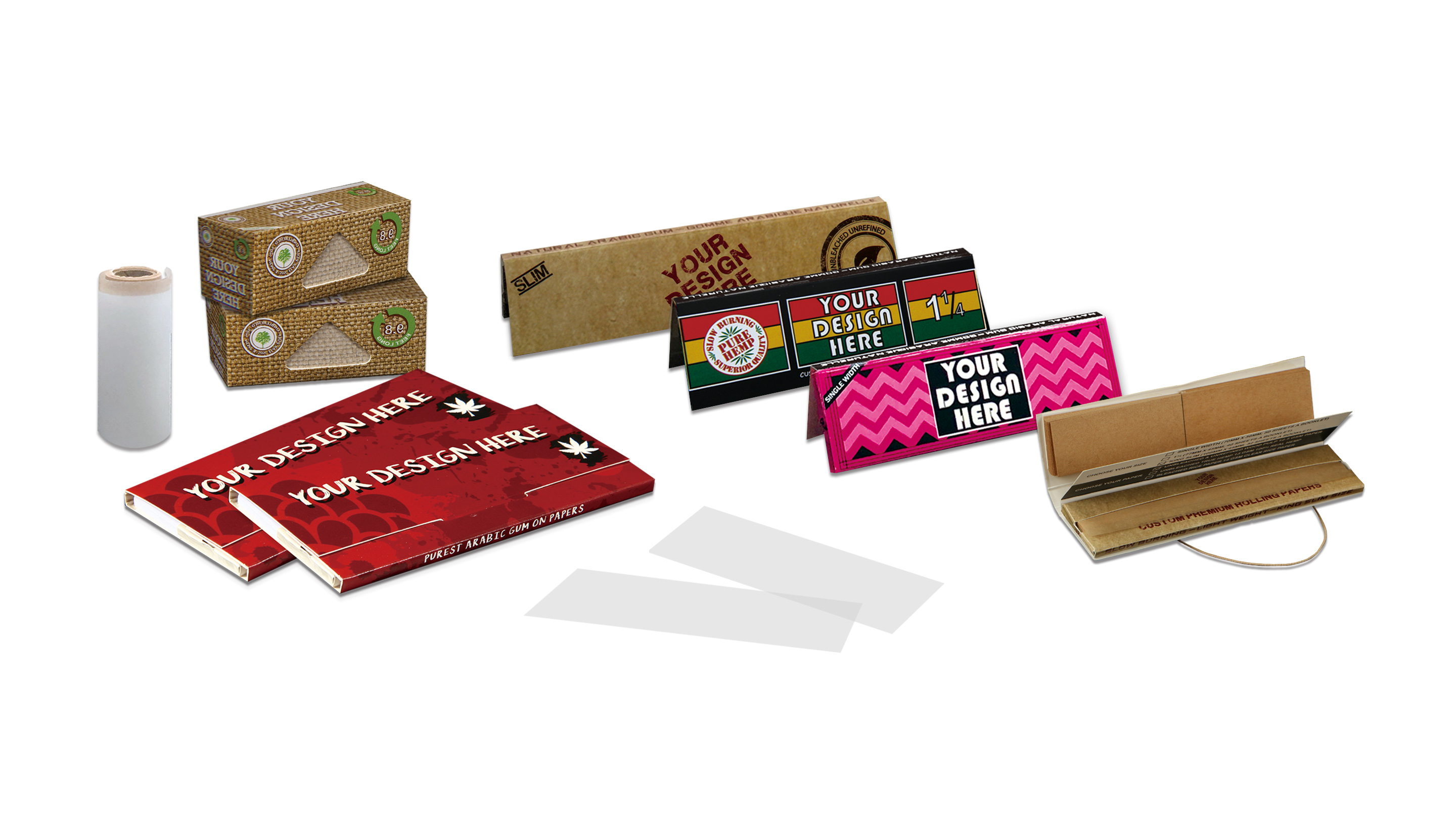
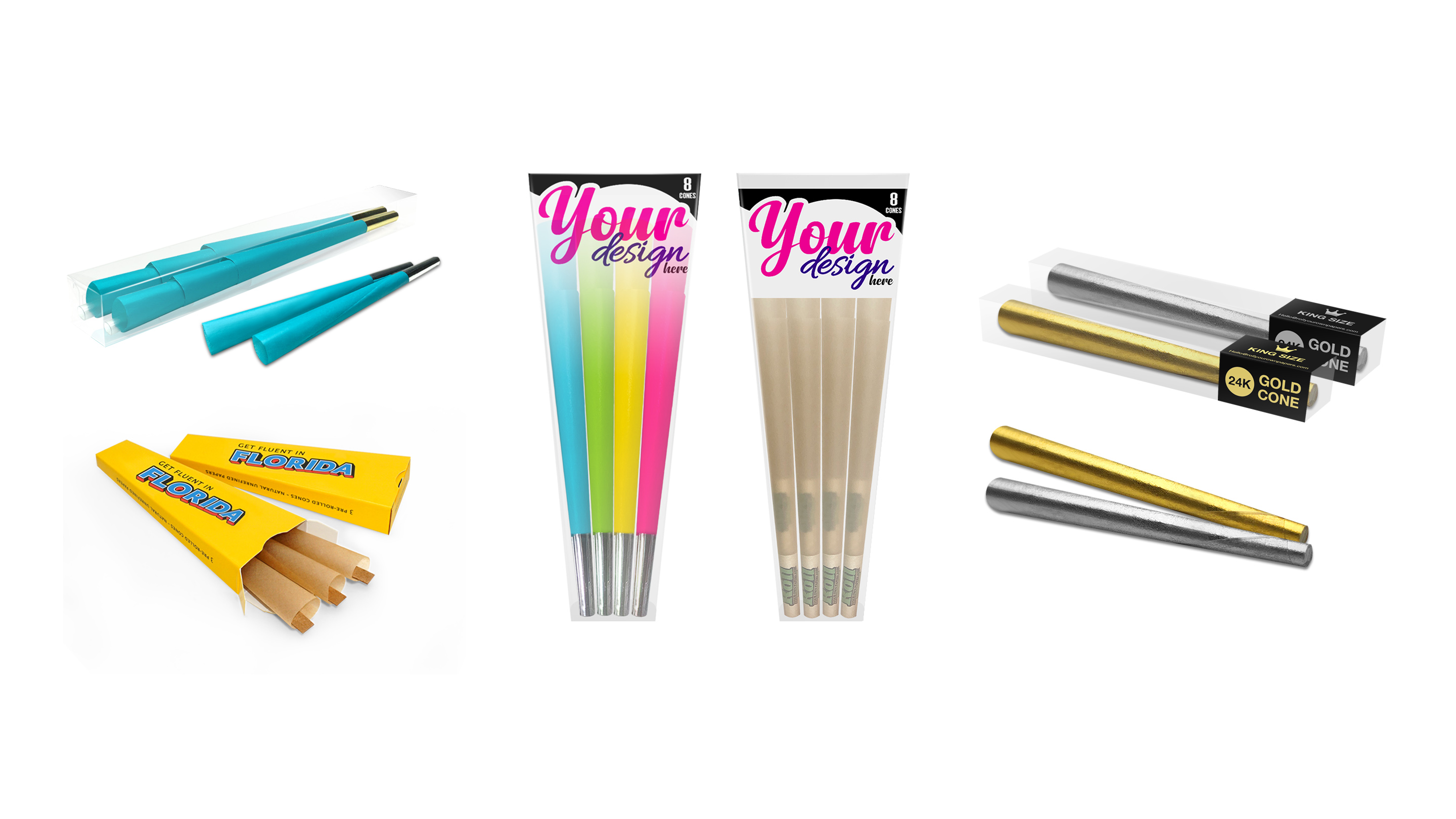
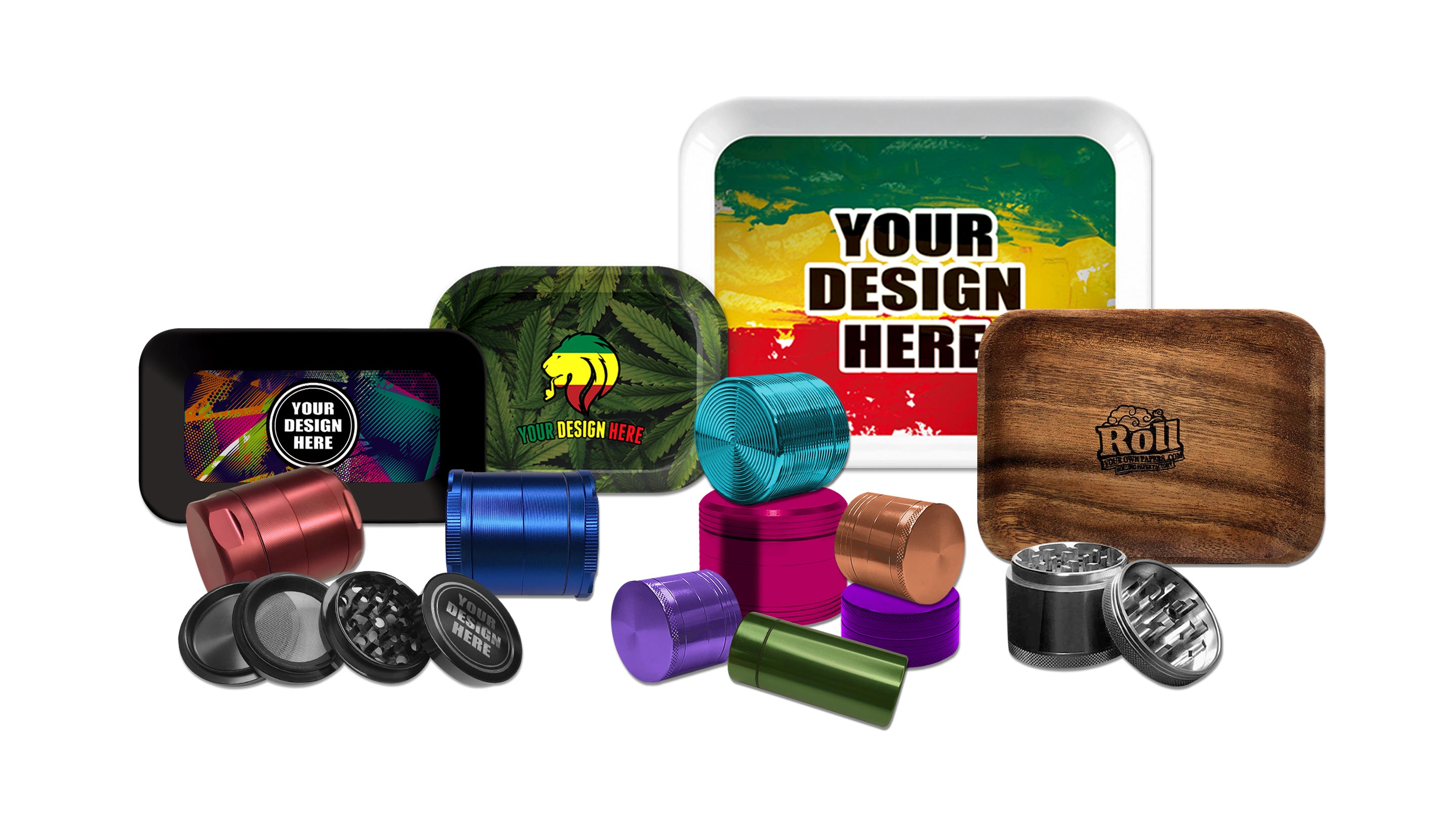
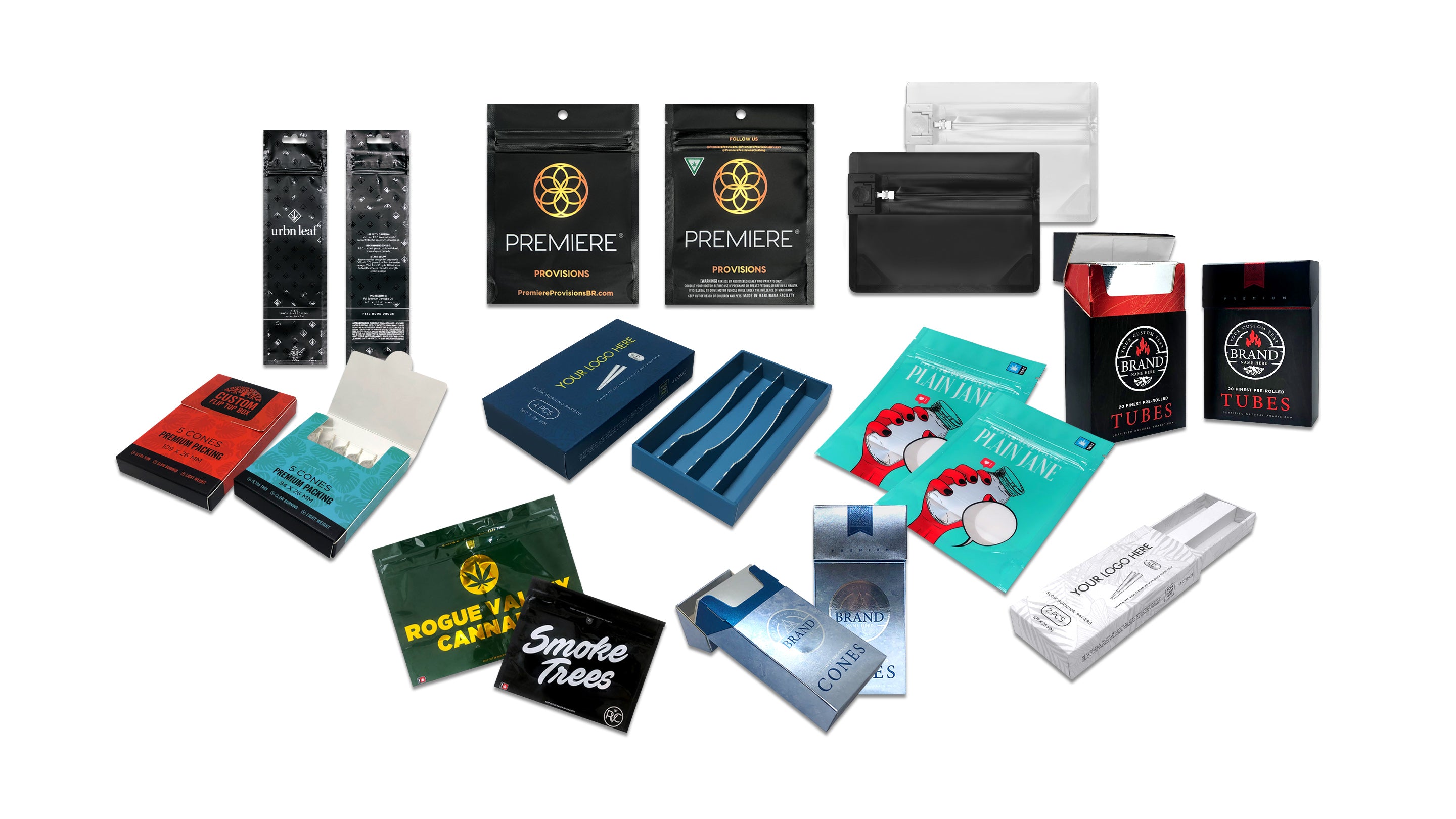
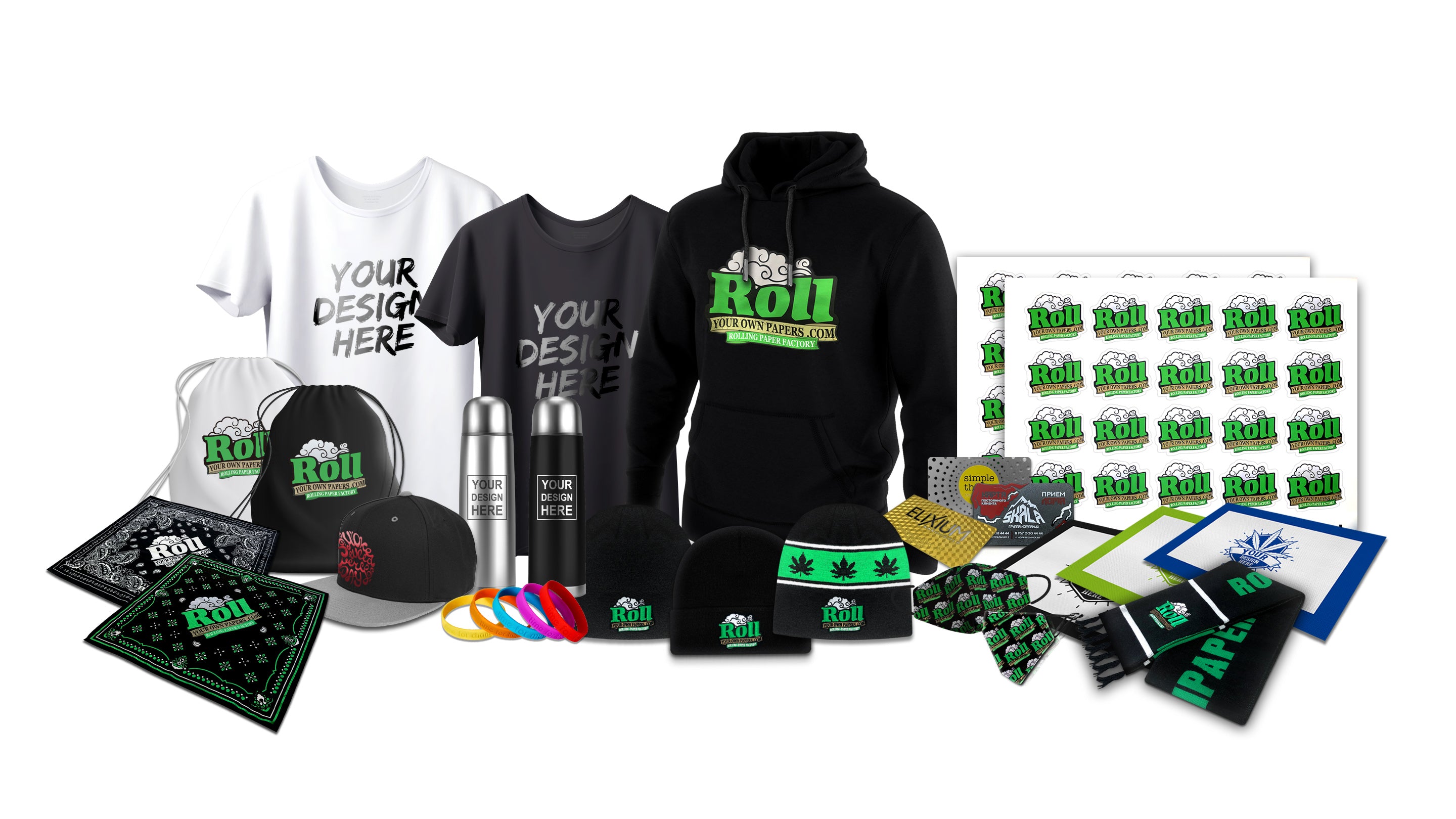
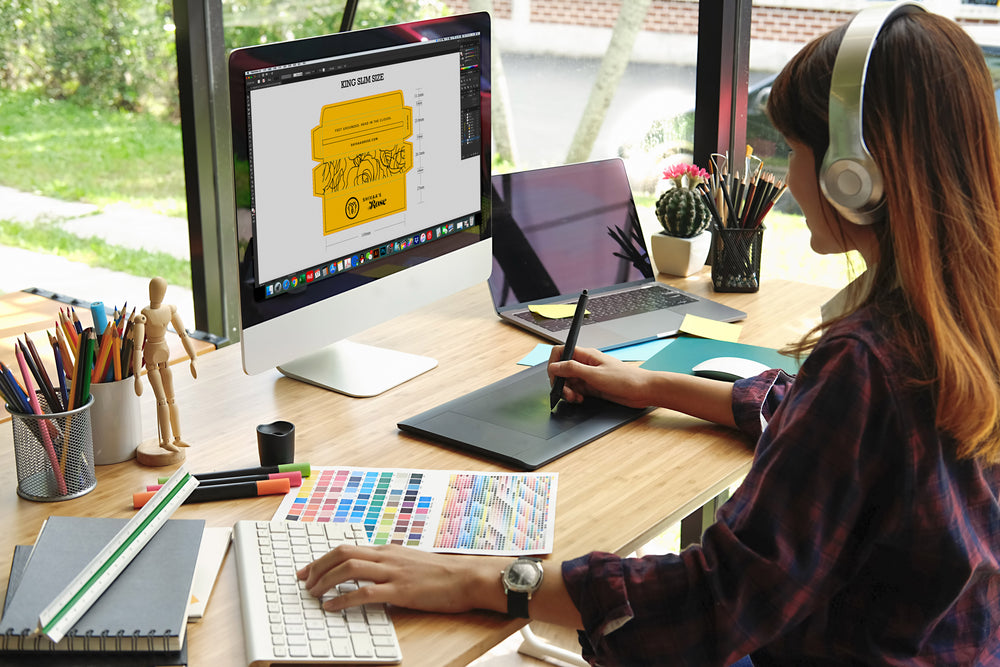




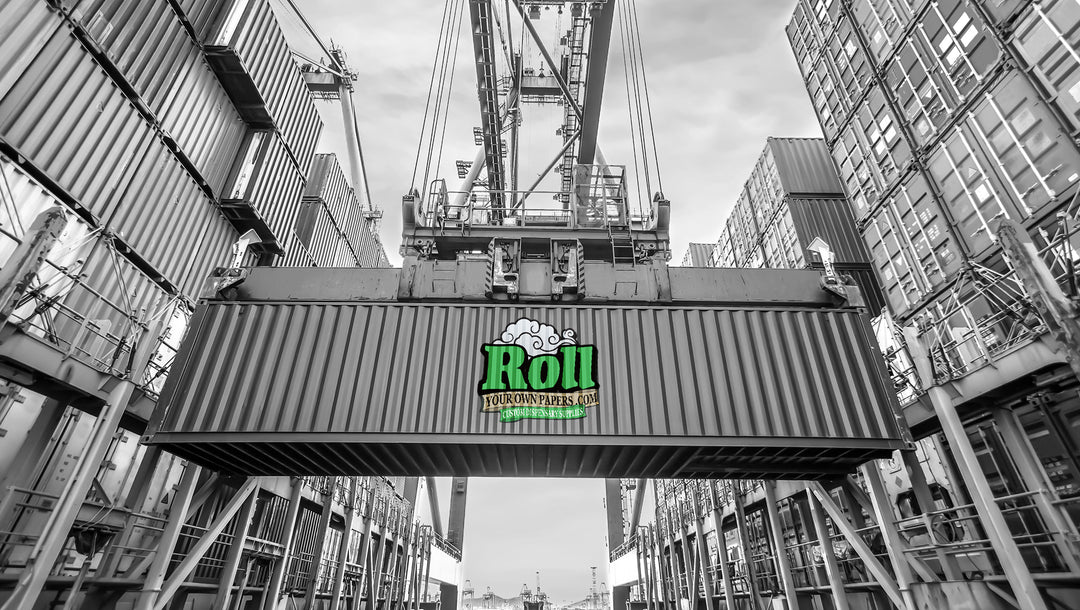

Leave a comment